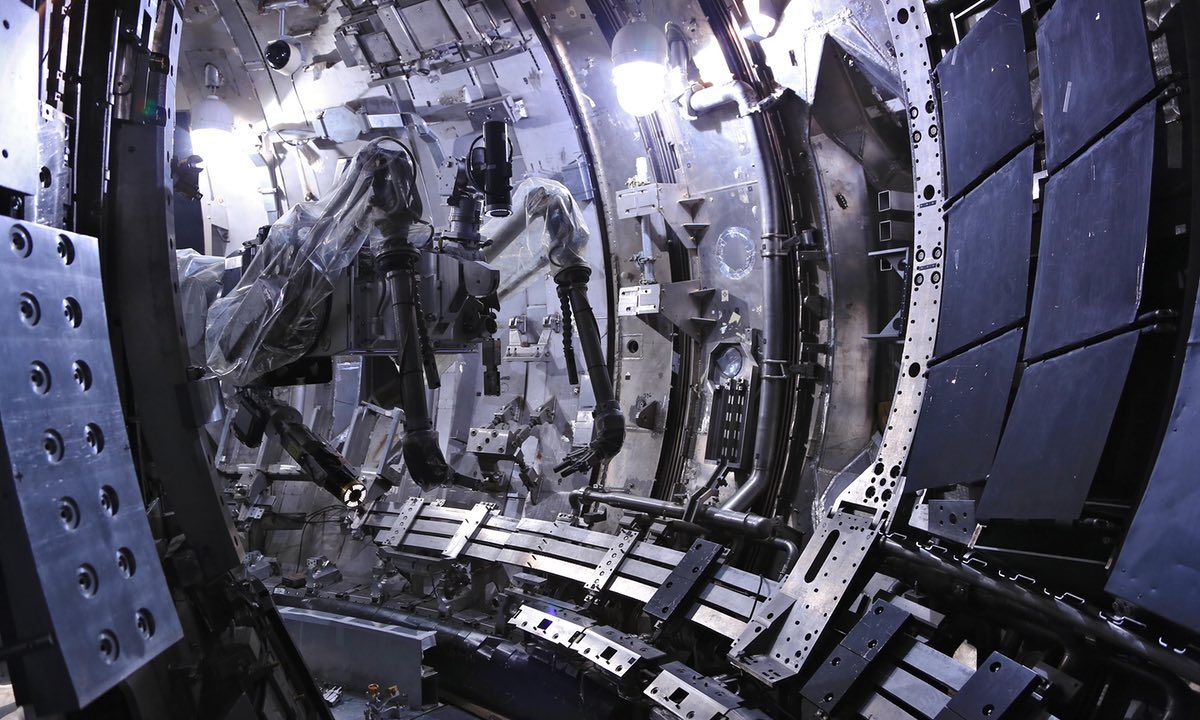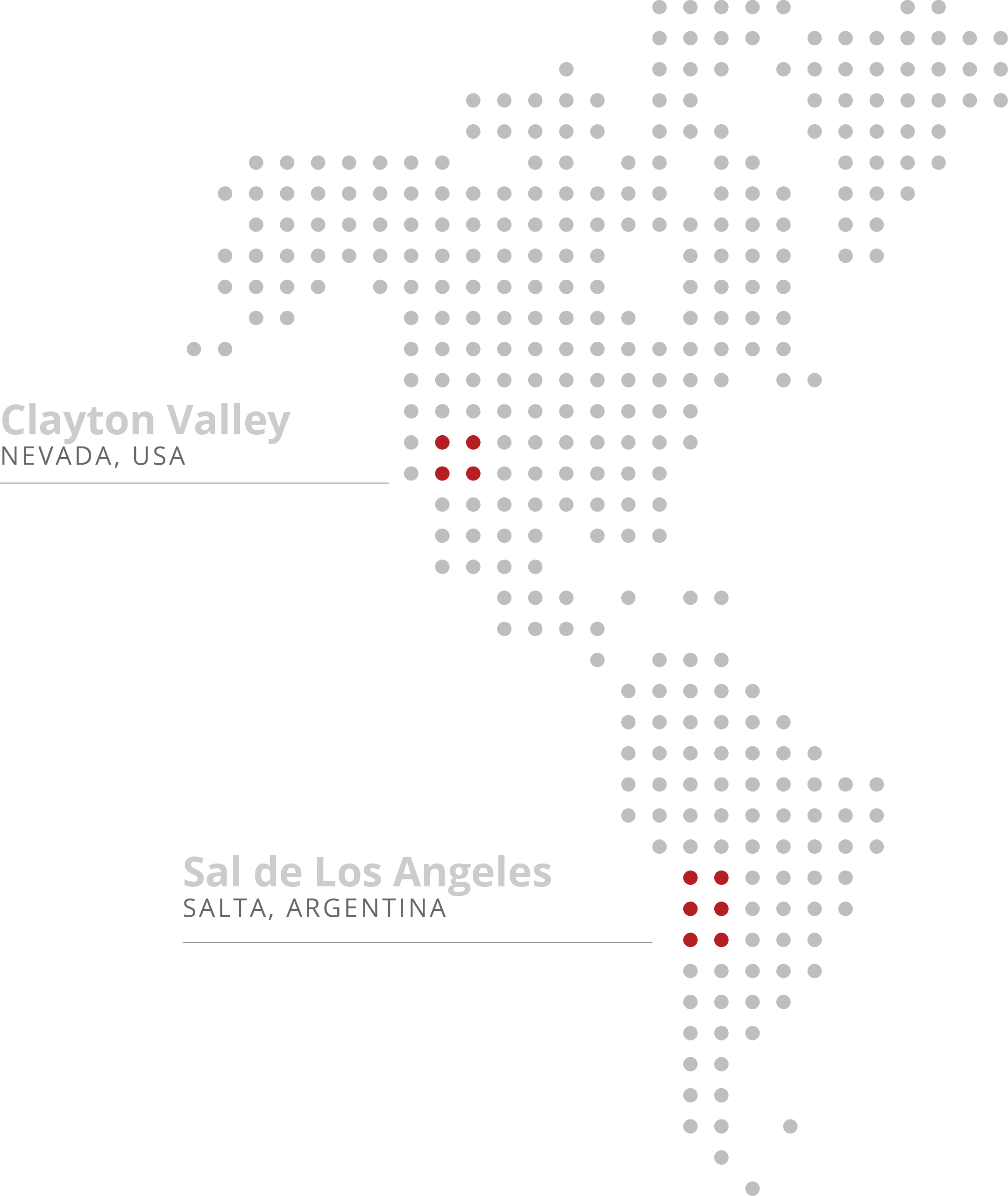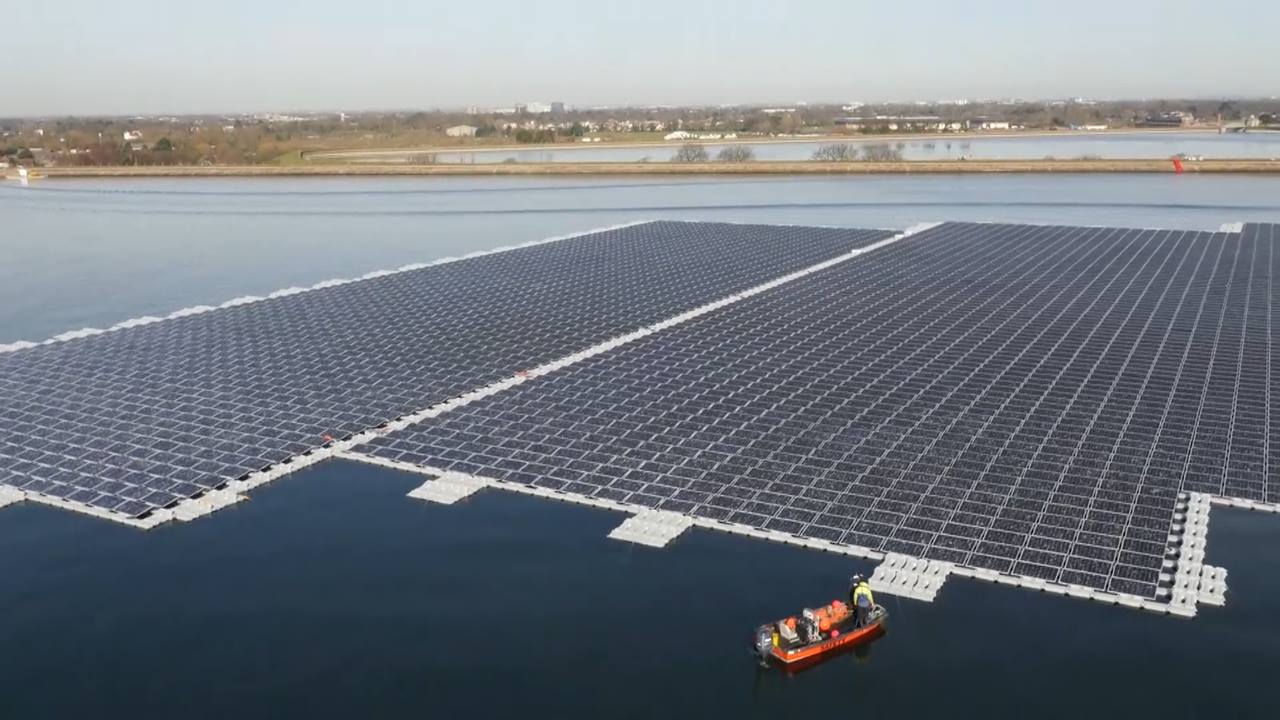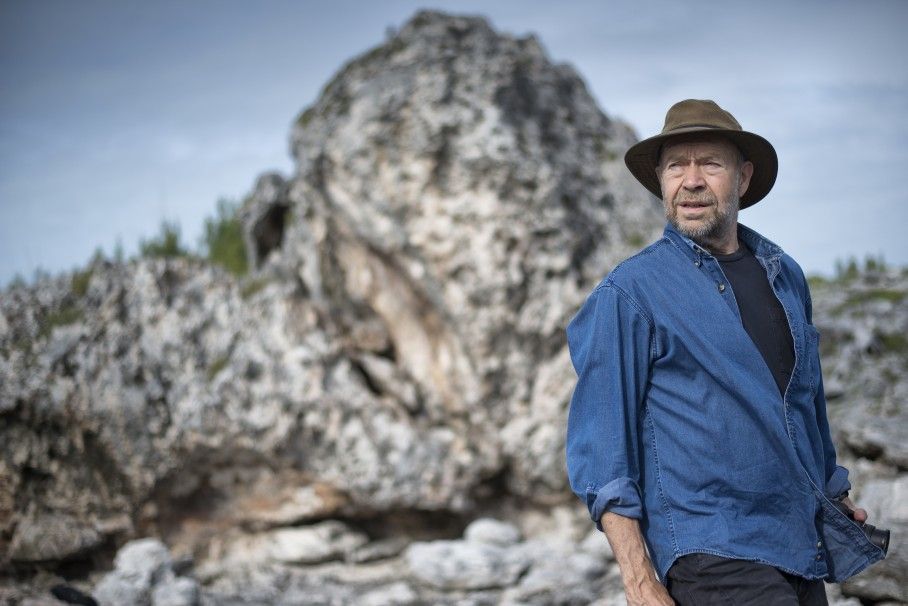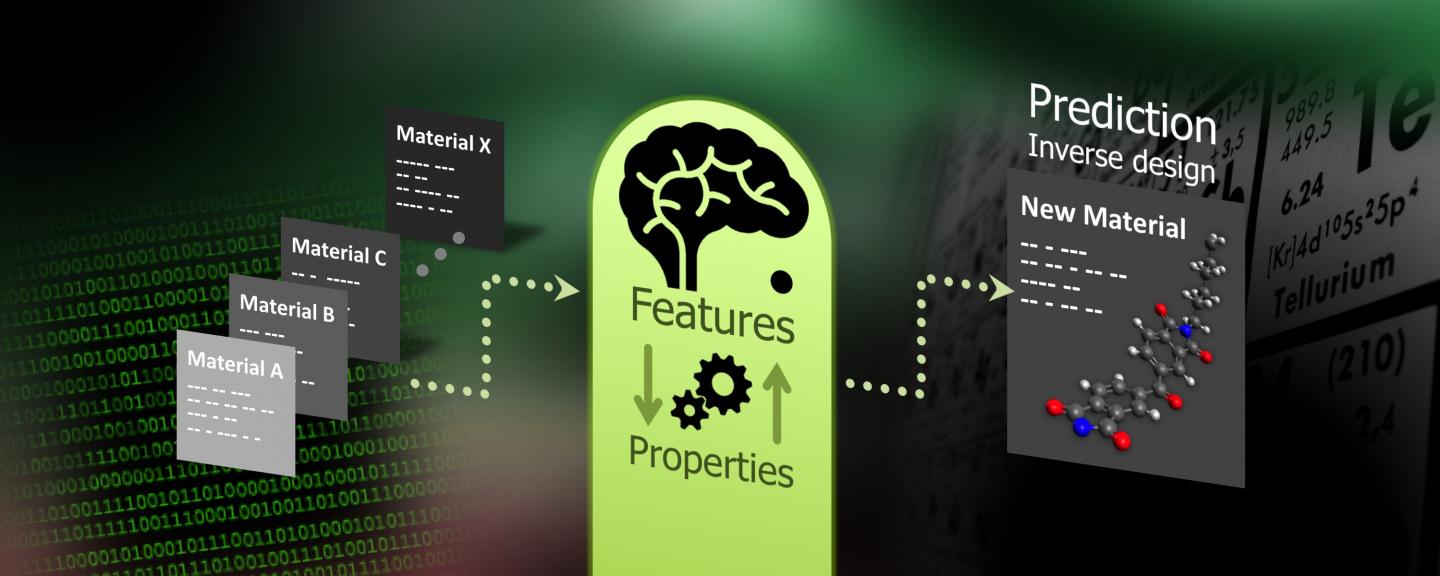Nuclear fusion needs a “Wright brothers” moment, to convince the world of its promise of unlimited clean and safe energy and so unlock significant private investment, according to a physicist whose says his company is closing in on that goal.
David Kingham, the chief executive of Tokamak Energy, has announced his company’s target of producing its first electricity by 2025 and feeding power into the grid by 2030, as well as investment from the UK’s Institution of Mechanical Engineers.
Harnessing the nuclear energy which powers the sun has long been touted as the ultimate solution to the challenge of powering the world while halting climate change. But, as fusion sceptics often say, the reality has stubbornly remained a decade or two away for many years.
